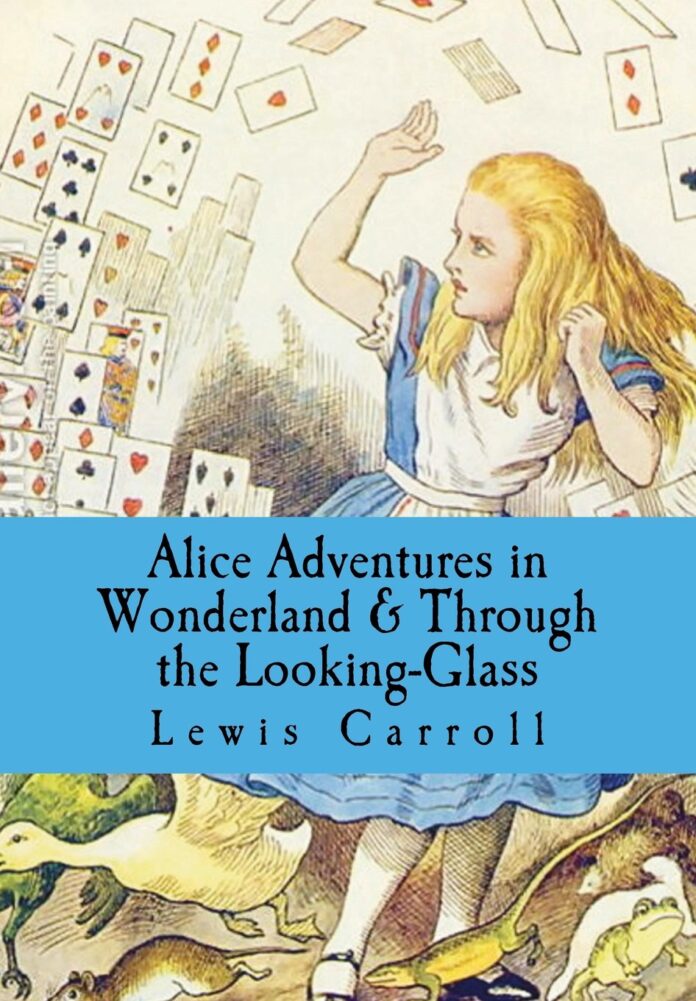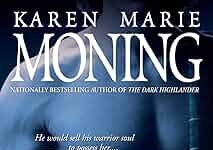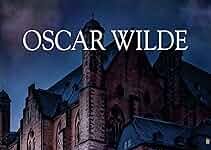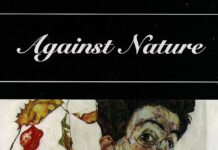Stepping through the looking glass adn into a realm where logic bends and imagination reigns, Lewis Carroll’s Alice’s Adventures in Wonderland has long enchanted readers with its whimsical charm and curious characters. invites us to revisit this timeless classic with fresh eyes, exploring the layers beneath its playful surface. This review embarks on a careful examination of Carroll’s vivid storytelling and the enduring themes that continue to captivate both young and adult audiences alike.
Exploring the whimsical World of Wonderland and Its Impact on Fantasy Literature
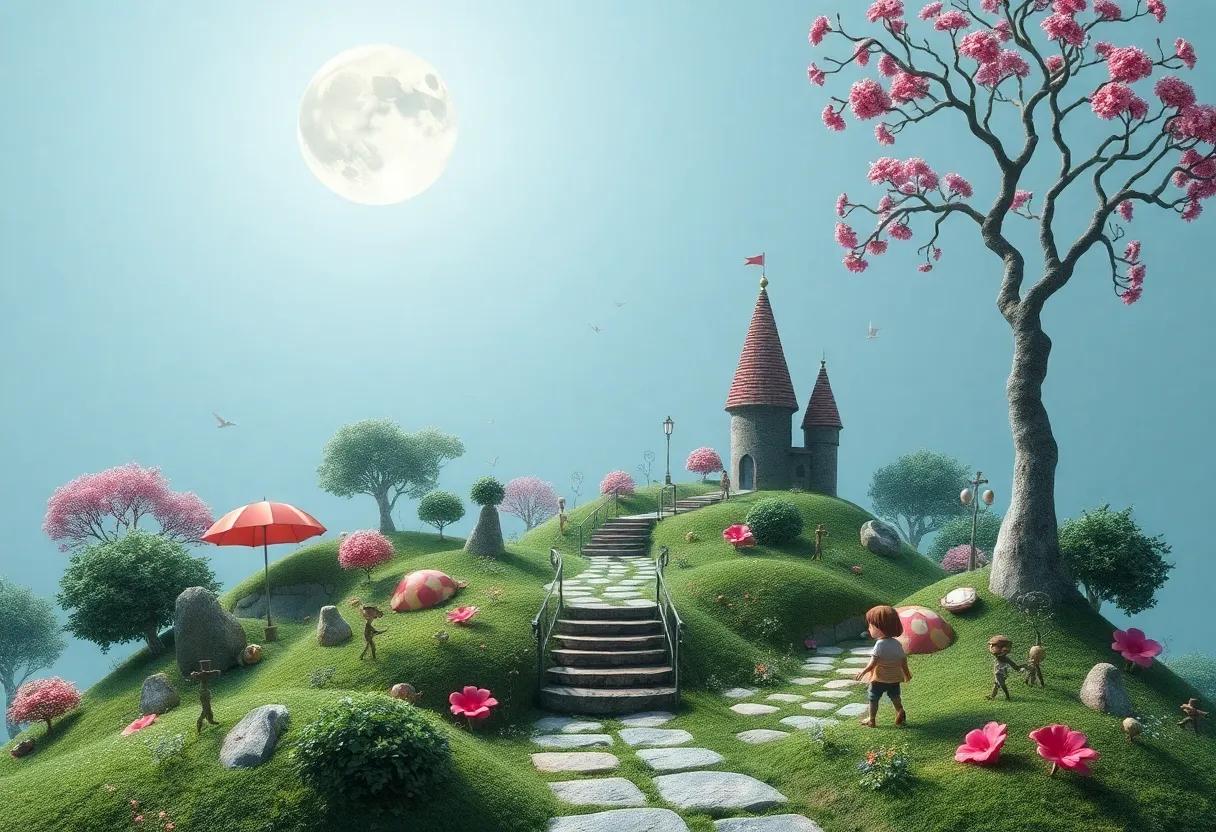
The realm crafted by Lewis Carroll is not just a storybook setting; it is a pivotal blueprint for the fantasy genre. Wonderland’s vivid surrealism and playful logic invite readers to embrace confusion as a form of wonder, challenging conventional storytelling. This rich landscape, where rabbits can check watches and cakes can shrink the size of a girl, continues to inspire fantasy writers to blur the lines between reality and imagination, encouraging audiences to question the nature of their own worlds. It is indeed a place where curiosity leads to transformation, and nonsense reveals deeper truths about perception and identity.
Beyond the fantastical elements, Wonderland introduces a unique narrative structure that has influenced numerous works in modern fantasy literature. Its episodic adventures - each more peculiar than the last – serve as a template for exploring themes of chaos, authority, and self-revelation without the constraints of linearity.Below is a simple comparison of how Wonderland’s characteristics echo in later fantasy works:
| Wonderland Traits | Influenced Fantasy Aspects |
|---|---|
| Fluid logic and paradoxes | Elements of surrealism and dreamlike narratives |
| Unpredictable characters | Complex, multi-dimensional characters that defy stereotypes |
| Whimsical settings | Immersive and imaginative world-building |
| Childlike curiosity | Exploration of innocence versus experience |
- Endless interpretations – Wonderland can be both a child’s dream and an adult’s philosophical puzzle.
- Timeless appeal – Inspires generations of creators in literature, film, and art.
- Innovative storytelling tools – Use of nonsense,riddles,and illogical sequences to evoke deeper reflection.
Unpacking the Symbolism and Hidden meanings Beneath Alice’s Surreal Adventures

alice’s journey down the rabbit hole is far more than a whimsical tale; it is indeed a canvas painted with layers of symbolism that reflect the complexities of identity, perception, and the fluidity of reality. each character she encounters represents a fragment of the human psyche or societal archetype. For instance, the Cheshire Cat’s enigmatic grin and cryptic advice encapsulate the elusive nature of truth and the challenge of navigating uncertainty.Meanwhile, the constantly changing sizes Alice experiences subtly mirror the turbulence of growing up, symbolizing the struggle between childhood innocence and the pressures of adulthood.
Exploring these hidden meanings reveals a multifaceted narrative that resonates on intellectual and emotional levels.Consider the following elements and their possible interpretations:
- The White Rabbit: Symbol of urgency and the pursuit of purpose.
- The Mad Hatter’s Tea Party: A chaotic space reflecting the absurdity of social conventions.
- The Queen of Hearts: Authority’s cruelty disguised as justice.
- The Looking Glass: A portal to self-reflection and alternate realities.
| Symbol | Surreal Element | underlying Meaning |
|---|---|---|
| Cheshire Cat | Vanishing grin | Ephemeral nature of certainty |
| Drink Me Bottle | Size transformation | Fluid identity and self-perception |
| Caterpillar’s Hookah | Psychedelic smoke | Questioning reality and consciousness |
A Close Look at Lewis Carroll’s Playful Use of Language and Nonsense Poetry

Lewis Carroll’s mastery lies not just in his whimsical storytelling but in his ingenious manipulation of language, seamlessly blending logic with nonsense to create a realm where words play by their own set of rules. His use of puns, invented words, and playful rhyme schemes invites readers into a linguistic dance that both amuses and intrigues. These elements encourage readers to question meanings and explore the elasticity of language, making the reading experience as much an intellectual puzzle as it is a fantastical adventure. Carroll’s ability to fuse silly with smart gives the narrative a timeless charm, where even the most nonsensical lines carry unexpected depth and wit.
Within the playful chaos, Carroll’s nonsense poems act as captivating interludes that reflect themes of identity and absurdity while engaging with childhood innocence. Consider the structure and rhythm in poems such as “Jabberwocky” or “The Walrus and the Carpenter,” which combine rhythm with invented lexicon to create vivid imagery and evoke emotion despite-or perhaps because of-their semantic ambiguity. The table below summarizes how Carroll’s linguistic tricks sharpen the reader’s cognitive and emotional awareness, making language itself a character in the story:
| Technique | Affect | Example |
|---|---|---|
| Portmanteau Words | Creates new meanings by blending words | “slithy” (slimy + lithe) |
| Puns & Wordplay | Engages humor and double meanings | The Mad Hatter’s riddles |
| Rhythmic Nonsense | Captivates through musicality and absurdity | “‘Twas brillig, and the slithy toves…” |
| Logical twists | Challenges conventional reasoning | The Cheshire Cat’s paradoxes |
Character Analysis and Their Roles in Reflecting Victorian Society’s Paradoxes
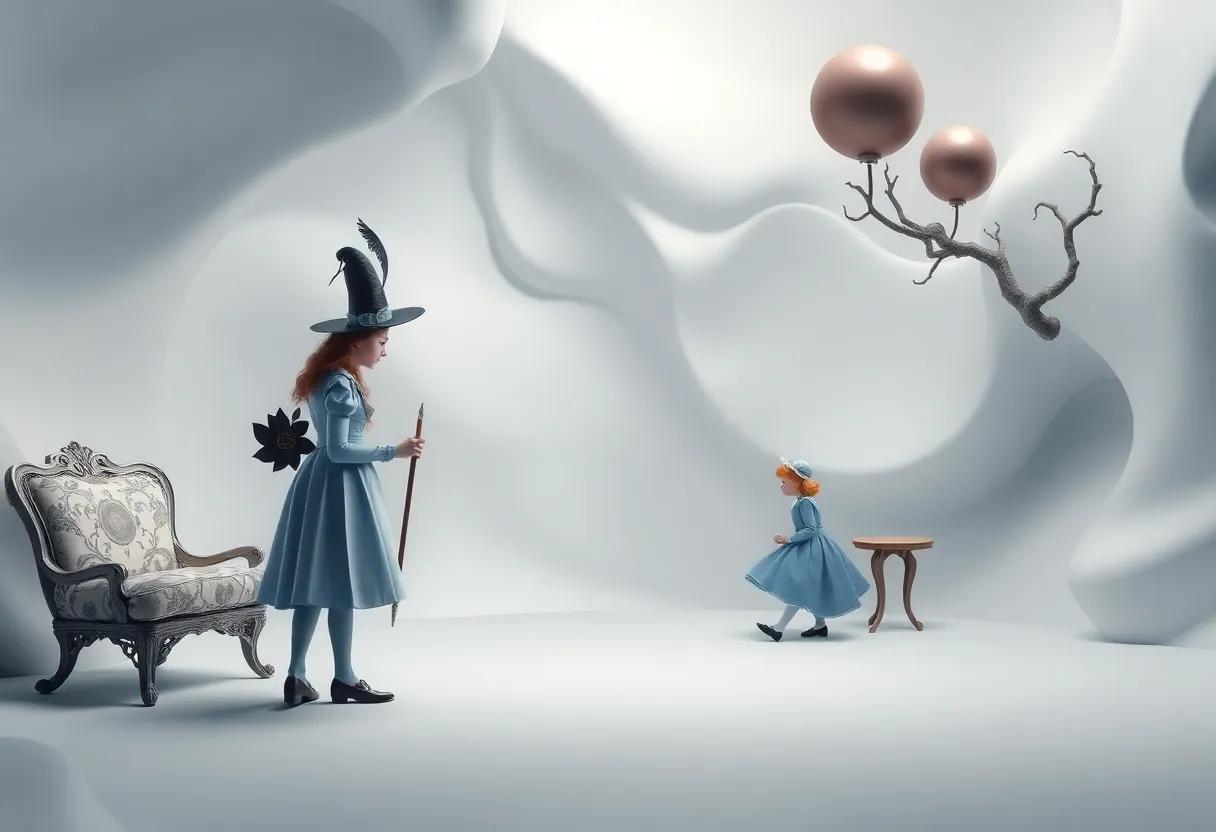
Lewis Carroll’s cast of characters in Alice’s Adventures in Wonderland serves as a vivid mirror reflecting the contradictions and complexities of Victorian society. Take Alice herself, a symbol of curiosity and youthful innocence, who boldly questions authority yet struggles with the rigid social structures she encounters. Characters like the Queen of Hearts embody the era’s authoritarianism,wielding power through erratic and often nonsensical decrees,while the Mad Hatter and Cheshire Cat represent the era’s fascination with madness and the blurred lines between logic and absurdity. These figures challenge Victorian ideals, highlighting the tensions between reason and imagination that permeated the age.
Through these personas, Carroll explores the paradox of a society obsessed with order yet embracing underlying chaos.Consider the table below, which outlines key characters alongside the Victorian values they both uphold and subvert:
| Character | victorian Ideal | Contradiction / Paradox |
|---|---|---|
| alice | Innocence & Curiosity | Challenges Authority |
| Queen of Hearts | Order & Authority | Arbitrary & Tyrannical |
| Mad Hatter | Rationality & Etiquette | Madness & Nonsense |
| Cheshire Cat | Logical Clarity | Elusive & Paradoxical Wisdom |
Ultimately, Carroll’s characters act as allegories that both celebrate and critique the contradictions seething beneath the surface of Victorian ideals. Their quirks and puzzles invite readers to question accepted norms, revealing that beneath the veneer of propriety lies a world rich with uncertainty and paradox.
The narrative Structure and Pacing: How Time and Logic Defy Expectations

The story unfolds in a kaleidoscopic manner, where conventional narrative expectations dissolve into a realm of whimsical disruptions. Time in Wonderland is far from linear; minutes stretch into eternities or vanish like smoke,creating a dreamlike fluidity that challenges our perception of causality. Events leap forward, rewind, or loop endlessly, reflecting a patchwork of moments that defy conventional storytelling. This fractured temporal design not only disorients but invites readers to embrace the absurd,highlighting the unpredictable nature of Wonderland’s logic.
Despite this apparent chaos, there is a method to the madness-a peculiar rhythm that governs the pace. Rather than building steadily towards a climax, the narrative ebbs and flows through a series of episodic encounters, each one laden with its own flavor of nonsense. Consider the following keys to carroll’s pacing:
- Rhythmic Juxtaposition: Rapid-fire dialogues alternate with languid, reflective scenes.
- Disruptive Interruptions: Sudden character entrances often derail narrative momentum.
- Unpredictable Sequencing: Events do not follow logical progression, enhancing the surreal atmosphere.
| Story Element | effect on Time | Impact on Reader |
|---|---|---|
| White Rabbit’s Stopwatch | Time obsession and anxiety | Heightened anticipation |
| Mad Hatter’s Tea Party | Frozen, cyclic time | Sense of eternal confusion |
| Queen of Hearts’ Decrees | Sudden shifts in order | Unpredictable tension |
Themes of identity and Curiosity in Alice’s Journey Through the Looking Glass
Identity is intricately woven into every twist and turn of Alice’s strange adventures beyond the looking glass. As she navigates a world where logic bends and roles reverse, Alice grapples with her sense of self amid the absurdity.The reflective surface acts as a metaphorical mirror not just physically, but psychologically, prompting her-and readers-to question what defines who we are. Is identity fixed, or is it something fluid, shaped by context and experience? Throughout her encounters, from the perplexing Red queen to the enigmatic Tweedledum and Tweedledee, Alice explores facets of her own personality, revealing the complexity beneath her youthful innocence. this journey subtly hints at the universal human quest to understand where one belongs and how one adapts to change.
Curiosity drives this metamorphosis, serving as the spark that pushes Alice to interact with the peculiar inhabitants of the looking-glass world and to probe its nonsensical rules. It is more than mere wonder-curiosity is a force of growth and self-discovery, challenging her assumptions and pushing the boundaries of her reality. Consider the following key expressions of curiosity in the narrative:
- Questioning the Unfamiliar: Alice’s constant inquiries reveal her desire to comprehend the chaotic world around her.
- Embracing Contradictions: she tolerates paradoxes that defy conventional understanding, refusing to accept easy answers.
- Transformational Engagement: Each curious encounter catalyzes a change within Alice, reinforcing the dynamic interplay between external exploration and internal revelation.
| Aspect | Symbolism |
|---|---|
| mirror | Gateway to self-awareness and alternate realities |
| Chessboard | Life’s unpredictable moves and roles |
| Curious Questions | Opening doors to new perspectives |
The influence of Victorian Era Culture on the Setting and characters of Wonderland
The whimsical world of Wonderland is deeply intertwined with the nuances of Victorian society, reflecting its complex relationship with rigid social structures and the burgeoning fascination with the absurd. At its core, Wonderland mirrors the era’s contradictions-the clash between strict etiquette and the playful subversion of norms. Characters like the Queen of Hearts embody the authoritarian rule and swift temper often attributed to Victorian governance, while figures such as the Mad Hatter represent the eccentricity lurking beneath polished social facades. The setting itself, with its unpredictable landscapes and nonsensical rules, acts as a metaphor for the confounding expectations imposed upon individuals navigating the era’s moral and social labyrinth.
In addition to societal commentary,the cultural underpinnings of the time influence Wonderland’s imaginative elements that challenge traditional modes of thought.The era’s fascination with logic, science, and curiosities is playfully undermined through paradoxes and riddles that Alice encounters. This cultural backdrop gives rise to themes of identity, growth, and rebellion, underscored by Victorian values of propriety and education. Key Victorian traits reflected in Wonderland include:
- Formality vs. Chaos: The tension between strict social codes and the chaotic unpredictability of Wonderland.
- Authority and Rebellion: Manifested in characters who both uphold and challenge power.
- Curiosity and Education: The pursuit of knowledge tangled with the absurd and fantastic.
| Victorian Influence | wonderland Element |
|---|---|
| Strict Etiquette | Queen of Hearts’ authoritarian rule |
| Scientific Curiosity | Mystifying riddles & paradoxes |
| Class Consciousness | Hierarchy among Wonderland creatures |
| Moral Didacticism | Alice’s journey of self-discovery |
Visual Imagery and Illustrations: Bringing Carroll’s Fantastical World to Life
carroll’s whimsical narrative is elevated to new heights through the vivid visual imagery and intricate illustrations that accompany the text.Each drawing serves not merely as decoration but as an essential portal into Wonderland’s elusive magic. The delicate lines and playful proportions invite the reader to see the world through Alice’s curious eyes, where cakes grow larger and cats grin wide without reason. These images act as anchors,grounding the fantastical elements in a tangible form that is as enigmatic as the story itself.
- Character expressions: cleverly capture the eccentric personalities.
- Symbolic motifs: like the chessboard or the teapot embody deeper narrative themes.
- Use of contrast: black-and-white sketches highlight the duality of sense and nonsense.
What makes these illustrations unforgettable is their ability to evoke emotion without overwhelming the prose. Their subtle charm complements Carroll’s wordplay, creating an immersive experience that resonates across generations. To better appreciate the artistic contribution, the table below breaks down key visual elements and their narrative significance, providing insight into how art and literature unite to breathe life into an extraordinary tale.
| Visual Element | Narrative Role | Emotional Impact |
|---|---|---|
| Cheshire Cat | Represents mystery and paradox | Intrigue & unease |
| Mad Hatter | Embodies chaos and whimsy | Joyful confusion |
| Tea Party Scene | Highlights absurd social rituals | Amused reflection |
Comparing Alice’s adventures to Other Classic Children’s Literature of Its Time
When nestled among the priorities of Victorian children’s literature, Alice’s Adventures in Wonderland stands out not only for its whimsical narrative but also for its revolutionary approach to storytelling. Unlike contemporaries such as Treasure Island or The Water-Babies, which often emphasized overt moral lessons or adventurous exploits, Carroll’s work delights more in playful nonsense and the subversion of conventional logic.this shift reflects a growing literary freedom, where fantasy is less a vehicle for instruction and more an invitation to explore absurdity and imagination for its own sake.
To better appreciate these distinctions, consider this comparison of key features among popular titles of the era:
| Feature | Alice’s Adventures | Treasure island | The water-Babies |
|---|---|---|---|
| Tone | Playful, absurd | Adventurous, suspenseful | Moralistic, allegorical |
| Primary Theme | Imagination & curiosity | Adventure & bravery | moral growth & empathy |
| Narrative Style | Nonlinear, episodic | Linear, plot-driven | Didactic, fairy tale |
| Audience Engagement | Encourages questioning | Encourages heroism | Encourages virtue |
In essence, Carroll’s masterpiece not only reshaped the landscape of children’s books by embracing surrealism and satire but also paved the way for future authors to create worlds where readers could delight in the unexpected, challenging the boundaries of “appropriate” content for young minds. This daring contrast highlights why Alice continues to captivate readers across generations.
Recommendations for Readers Seeking a Blend of Whimsy and Philosophical Depth
For those who find delight in the intertwining of fanciful narratives with profound musings,this classic tale offers a rare feast. Alice’s Adventures in Wonderland unravels a kaleidoscope of characters and scenarios that, on the surface, seem like playful nonsense but beneath reveal layers of existential inquiry and social satire. Readers who cherish stories that both charm and challenge will appreciate the way Lewis Carroll tiptoes effortlessly between whimsy and wisdom-inviting you to ponder identity, logic, and reality itself without ever abandoning a sense of joyous curiosity.
- Embrace paradox: The narrative encourages questioning accepted truths through absurd yet thought-provoking puzzles and dialogues.
- Celebrate imagination: Fantastical creatures and dreamlike settings spark creative reflection about the nature of experience and perception.
- Explore childhood viewpoint: The book’s structure mimics the fluid,sometimes baffling logic of a child’s mind,blending innocence with sharp insight.
| Aspect | Why It Resonates |
|---|---|
| Symbolism | Encourages questioning sense and order in a topsy-turvy world |
| Dialogue | Witty and paradoxical, perfect for philosophical reflection |
| Character Archetypes | Exaggerated yet relatable figures that mirror human nature |
| Imaginative Setting | Creates a playground for mind-bending exploration |
Why This Book Remains Relevant in Modern Storytelling and Popular Culture
More than a century after its publication, Alice’s Adventures in Wonderland continues to captivate audiences with its surreal narrative and whimsical characters. its timeless appeal lies in the way it challenges conventional storytelling, embracing absurdity and the unexpected to invite readers into a world where logic bends and imagination reigns supreme.The novel’s ability to blur the lines between reality and fantasy mirrors the complexity of modern narratives, influencing contemporary authors and filmmakers who strive to evoke similar feelings of wonder and curiosity.
In popular culture, the story’s motifs and characters have become archetypes that resonate across various media platforms. From movies and theater to fashion and art, the themes of identity, transformation, and exploration remain deeply relevant. Creators frequently enough draw on its rich symbolism and playful language to explore existential questions or critique societal norms. Key elements that keep this classic engaging include:
- Fluid identities: The constant shape-shifting of Alice reflects contemporary discussions about self and change.
- Subversion of authority: The nonsensical rules and eccentric rulers echo modern skepticism toward traditional power structures.
- Dream logic: The narrative’s episodic and unpredictable form continues to inspire non-linear storytelling techniques.
| element | Modern Equivalent |
|---|---|
| The Mad Hatter’s Tea Party | Surreal social commentary |
| The Cheshire Cat | Iconic enigmatic mentor |
| Alice’s Size Changes | Metaphor for identity crisis |
Tips for Educators on Using Wonderland to Encourage Creative Thinking in Students
Encouraging students to dive into Wonderland’s whimsical world offers a unique platform to spark imaginative thinking and challenge conventional perspectives. Educators can create immersive experiences by encouraging learners to role-play as characters or rewrite scenes from choice viewpoints. This method nurtures empathy and invites students to explore the fluidity of identity and reality. Incorporating open-ended questions such as, “What might happen if Alice never fell down the rabbit hole?” prompts divergent thinking, allowing young minds to forge unexpected connections and expand their creative horizons.
visual and sensory stimuli inspired by the story provide another effective avenue to inspire creativity. Teachers might use a simple table of Wonderland’s curious elements to catalyze brainstorming sessions or writng prompts, helping students organize thoughts while embracing imaginative freedom.
| Wonderland Element | Creative challenge |
|---|---|
| The Cheshire Cat’s Vanishing Act | Write a story about disappearing and reappearing objects in your own life. |
| Mad Hatter’s Tea Party | Design an imaginary celebration with unusual guests and customs. |
| The Queen’s Croquet Game | Invent a new game with playful, unpredictable rules. |
A Thoughtful Biography of Lewis Carroll and His Enduring Literary Legacy
born as Charles Lutwidge Dodgson, the man behind the pen name Lewis carroll was not only a mathematician and logician but also a prolific storyteller whose imagination transcended the Victorian era. His ability to weave fantasy with underlying logic has fascinated readers of all ages,creating a world where nonsense,wordplay,and whimsy coexist with subtle intellectual puzzles. Beyond Alice’s Adventures in Wonderland, Carroll’s literary contributions span poetry, photography, and essays, each reflecting a mind deeply engaged with both childlike wonder and scholarly rigor.
Carroll’s works have carved an indelible mark on literature and popular culture,inspiring adaptations across media and sparking discussions on the nature of reality and perception. His legacy thrives in educational circles as well, where teachers use his playful approach to logic and language to encourage creative thinking. The following table encapsulates key aspects of Carroll’s enduring influence:
| Aspect | Impact |
|---|---|
| Language Play | Popularized puns,portmanteaus,and playful nonsense words |
| Philosophical Themes | challenged ideas of identity,reality,and logic |
| Educational Use | Inspired creative problem-solving in mathematics and literature |
| Pop Culture | Countless film,theater,and art adaptations worldwide |
- Innovative Storytelling: Seamlessly blending fantasy with mathematical logic.
- Cultural Resonance: Continues to inspire adaptations and reinterpretations.
- Intellectual Curiosity: Encourages questioning and playful exploration of language.
invites readers to peer beyond the whimsical surface of Lewis Carroll’s beloved tale and explore the deeper currents flowing beneath. This review serves not only as a guide through Wonderland’s curious twists but also as a gentle reminder of the timeless wonder and introspection that Carroll’s work continues to evoke. Whether you approach the story as a simple childhood fantasy or a complex literary puzzle, the journey through this looking glass promises reflections as intriguing as the world it mirrors.

